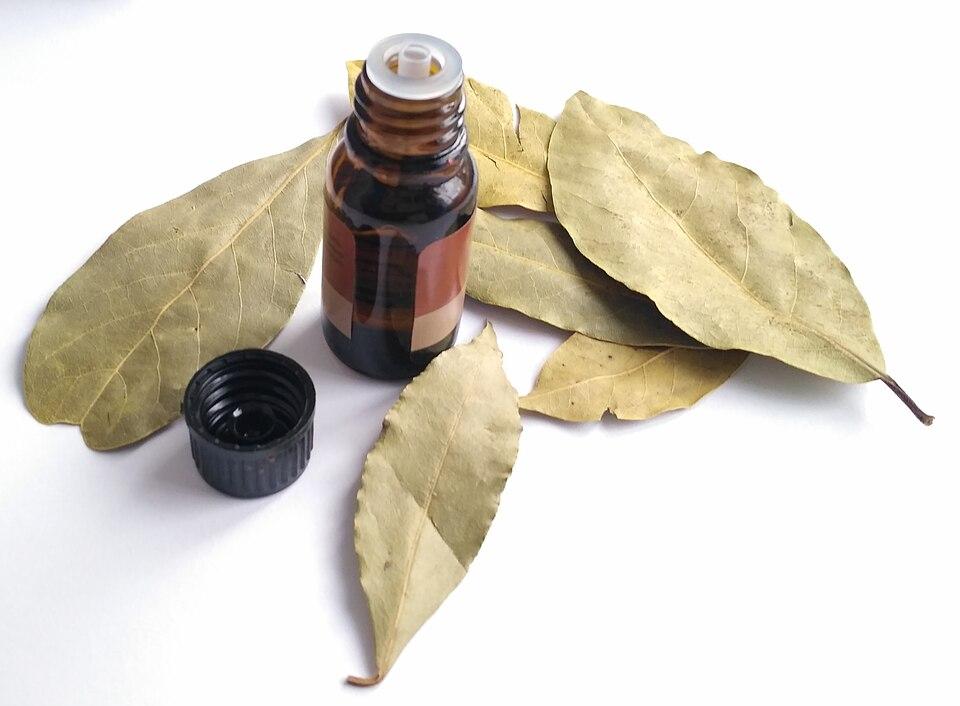
Timelines 10
Man and his Senses 10
Man and his Inventions 10
Geography 10
Fauna 10
Timelines 10
Man and his Senses 10
Man and his Inventions 10
Geography 10
Fauna 10

A handwritten recipe card can tell a whole economic story. So too can a small vial of oil: a brown glass bottle with a cork, its label stamped “Indian sandalwood (Mysore),” is the sort of object that translates ecology into economy and ritual into export. In India such vials are the condensed stories of long botanical knowledge, artisanal distillation and, increasingly, global commerce. Read against trade briefs and market forecasts, they show how fragrance has become both a sensory bridge and an economic one , carrying Indian biodiversity to European parlours and Czech perfumers’ benches.
The aromatic past is long. Indian texts and craft traditions , from Vedic lists of aromatic plants to medieval perfume recipes , record how scent was woven into medicine, ritual and courtly life. Scholars of India’s essential-oil history point to centers such as Kannauj, Jaunpur, Ghazipur and Lucknow as long-standing perfume hubs, and they remind us that Ayurvedic practice integrated oils for healing across millennia.
One evocative medieval recipe, cited in historical surveys, combined sandalwood, vetiver, patchouli and camphor , a perfumer’s abir that moved from sacred rites to princely antechambers. These anecdotes make clear that modern Indian exports are rooted in techniques and meanings far older than contemporary markets.
This continuity, with tradition meeting technique , is the engine of today’s perfume industry. India’s varied agro-climatic zones allow the cultivation of a vast palette of aromatic plants: palmarosa, citronella, lemongrass, vetiver, sandalwood, lavender and davana among them. Producers use both age-old distillation and modern steam technologies to extract concentrated essences used in perfumery, cosmetics, aromatherapy and pharmaceuticals.
Industry surveys show that domestic production meets the bulk of Indian demand even as output rises to satisfy foreign buyers; manufacturers emphasise quality standards, sustainable sourcing and traceable processes to meet export regulations in Europe and beyond.
 The micro-document that often accompanies a shipment , a certificate of analysis, a plant-health certificate, or a narrow catalogue list , tells the modern part of the story. Indian firms now catalogue oils by their chemical profile, properties and batch number; they advertise lavender for soothing formulations, bergamot for citrus accords, and sandalwood for its long-lasting woody heart.
The micro-document that often accompanies a shipment , a certificate of analysis, a plant-health certificate, or a narrow catalogue list , tells the modern part of the story. Indian firms now catalogue oils by their chemical profile, properties and batch number; they advertise lavender for soothing formulations, bergamot for citrus accords, and sandalwood for its long-lasting woody heart.
Trade blogs and manufacturer pages note that Indian suppliers have perfected both traditional and modern extraction methods, and that competitive pricing combined with varietal breadth gives them an edge in global markets. These are the operational details behind the small glass vial.
From the buyer’s desk in Prague the same vial becomes a raw material for refinement. European perfumers , and Czech niche houses among them , value both purity and story. A Czech perfumer’s brief will request specific scent profiles (opening notes of bergamot, middle notes of jasmine, base notes of Indian sandalwood (Mysore)), and that linguistic taxonomy is supplied by Indian distillers’ lab reports.
The result is a coordinated India–Europe supply chain: Indian agronomy and distillation feed Czech formulation and branding. Industry forecasts and market research underline that this is not merely artisanal trade but a growing agro-industrial sector with rising demand from Europe.
Why do these oils matter beyond scent?
Neuroscience offers a partial answer: smell signals have a direct link with emotion and memory, and fragrances can alter mood, attention and consumer behaviour. Marketers and designers exploit this: boutique perfumeries build brand identity with signature accords. For eg. wellness brands advertise lavender and chamomile fragrances to signal calmness. In short, fragrance is both commodity and cue , it sells products and it also carries cultural meaning, which explains why Czech designers and Indian growers alike care about provenance, chemical profile and story.
The market picture supports the anecdotal one. Recent industry analyses and market reports observe accelerating growth in India’s essential-oil sector, driven by rising global demand for natural ingredients, increased cultivation of mint, lemongrass and lavender, and improving extraction capacities. Analysts forecast continued expansion as health, wellness and natural-cosmetic trends broaden buyers’ appetites. For exporters this means both opportunity and pressure: meeting European regulatory frameworks, ensuring sustainable harvesting (especially for prized species such as sandalwood), and investing in quality control become urgent commercial priorities.
Sustainability , ecological and economic factors combine to define the practical hinge of the future. Some oils, sandalwood above all, face over harvesting and ethical‐sourcing concerns; the industry conversation in India now balances yield with regeneration, and manufacturers advertise sustainable sourcing to retain European buyers. At the same time, diversification (substitutes like vetiver or synthetic accords for endangered woods) and certification systems are being scaled up, so that a Czech buyer need not choose between an authentic scent profile and regulatory compliance. He can have both ! These quiet negotiations , between botanists, distillers, importers and perfumers , determine whether scent remains a bridge rather than a fault line. A brief vignette makes this concrete: a village distillation log, an export packing list, and a Prague perfumer’s email requesting GC‑MS chemical profile details (Gas Chromatography-Mass Spectrometry), together show how local biodiversity and traditional craft are repackaged into a format legible to European labs and boutique shelves.
If there is a lesson here it is modest: scent is a soft technology. It links ecology to economy, ritual to retail, farmer to perfumer. For the Czech Republic, India supplies a palette; for India, Czechia and Europe offer refinement and markets. Together, through vials and invoices, certifications and chemical profile sheets, they enact a commercial and cultural bridge , an everyday commerce that perfumes both cabinets and relationships.
Sources:
https://tinyurl.com/2cd8qkw8
https://tinyurl.com/2c62rt74
https://tinyurl.com/2y9kjh2j
https://tinyurl.com/26j4ozyf
https://tinyurl.com/2xrsruqd
https://tinyurl.com/2bfxd9qd